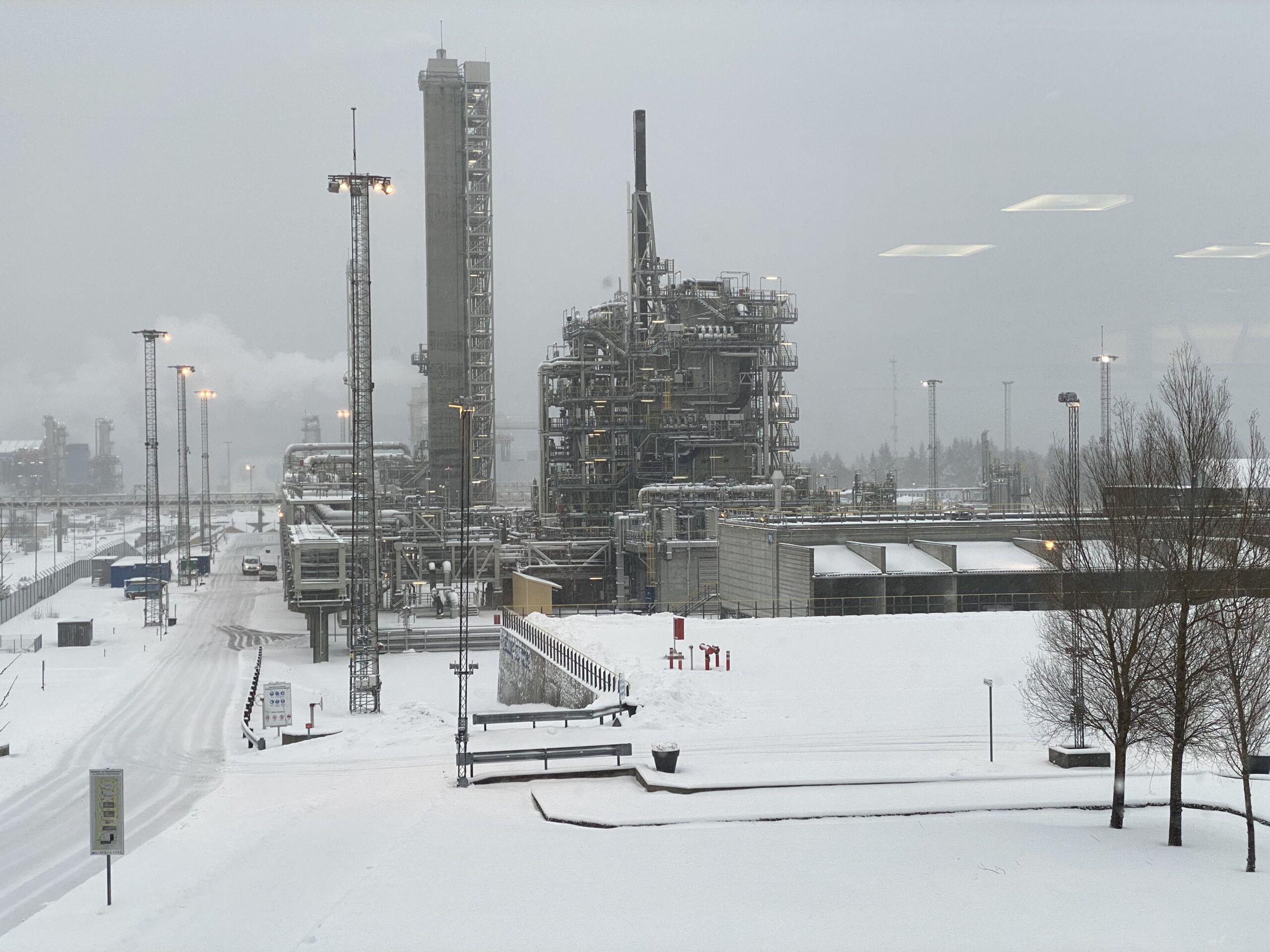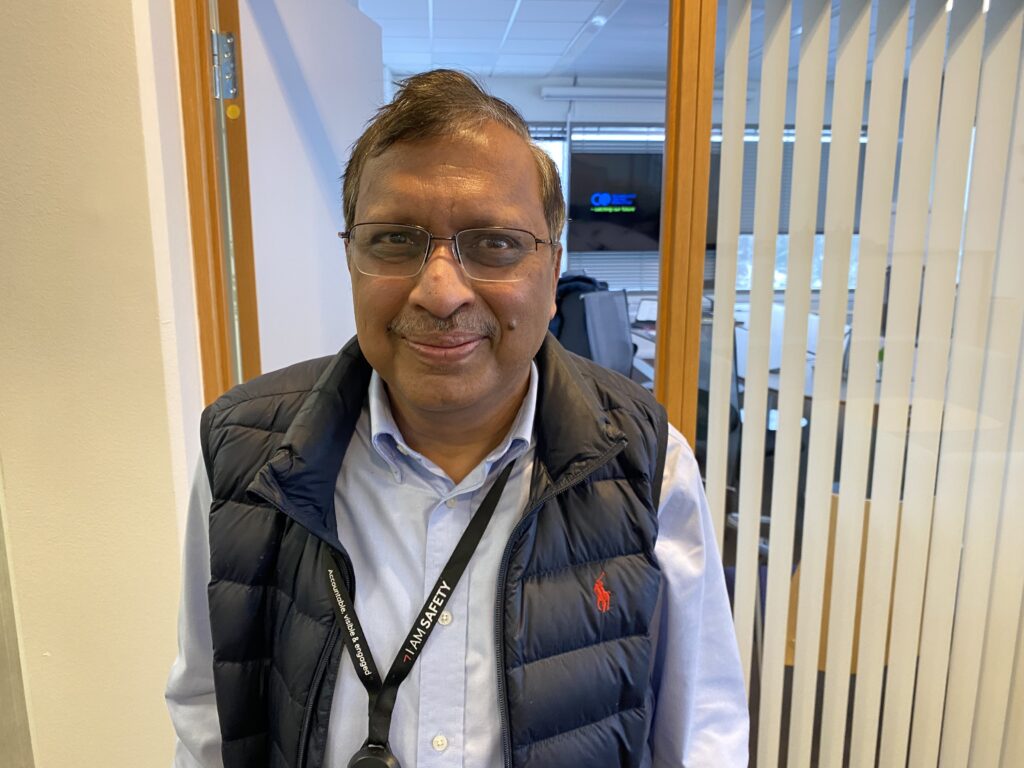
13.02.2024
InnoSepra advancing with efficient carbon capture solutions
InnoSepra, led by Dr. Ravi Jain, is dedicated to developing clean energy technologies tailored for diverse end-users.
Their expertise encompasses various carbon capture methods. Including direct air capture, and capture from industrial sources with varying CO2 concentrations. Additionally, InnoSepra pioneers’ innovative solutions in flue gas purification. And CO2 compression, applicable across a spectrum of carbon capture technologies.
Following testing of their first-generation post combustion carbon capture technology at an NRG facility in Delaware, InnoSepra has embarked on testing its second-generation technology at TCM at the “Site for Emerging technologies”. With partial funding from the US Department of Energy (DoE).
“Why did you choose to come all the way to Norway and Mongstad to test your technology?”
“We selected TCM due to its outstanding facilities and infrastructure offerings. Moreover, TCM provides an invaluable opportunity for independent validation of various technologies. A crucial aspect for end users.”

Great results for InnoSepra
On your website, it is mentioned that The second generation InnoSepra Post Combustion Capture Technology can reduce the absolute parasitic power for CO2 capture to below 1.8 GJ/tonne. This implies that the technology currently being tested at TCM has the capability to lower the energy consumption for capturing CO2 to below 1.8 GJ/tonne of CO2. Additionally, you state that The technology has the potential to reduce power loss due to steam extraction by more than 70% compared to MEA.
Could you please confirm whether the test results obtained so far have validated this assertion? “We have made significant progress toward achieving this goal. Although not yet with our preferred mode of regeneration. Through air regeneration, we believe we can attain the parasitic power target of below 1.8 GJ/tonne of CO2 at temperatures below 110°C. While also meeting the expected CO2 capacities. Implementing our preferred mode of regeneration presented challenges. But we are on the verge of success, and we hope to demonstrate regeneration with our preferred operational mode before the project’s conclusion.”
“Your test campaign started in November and will continue until March. Followed by the analysis and documentation of the results. What will be the next steps towards commercialization and market introduction for carbon capture?
“We need to do one more scale-up, from 10 to 25 times of this test, to be able to offer the technology for large-scale CO2 capture. For smaller plants such as lime and hydrogen, less than 500 tons a day, we can combine the results from the first and second-generation capture technologies along with other technologies to offer very cost-effective capture solutions within two years. Additionally, we aim to expand the scale of our flue gas purification technology by 50 to 100 times, making it an integral component of a solvent-based capture solution. Industries we are engaging with include lime, cement, and hydrogen. In some cases, significant additional scaling may not be required to provide a cost-effective capture solution.”
«Thank you, and good luck with the final stages of the test campaign at TCM.»

